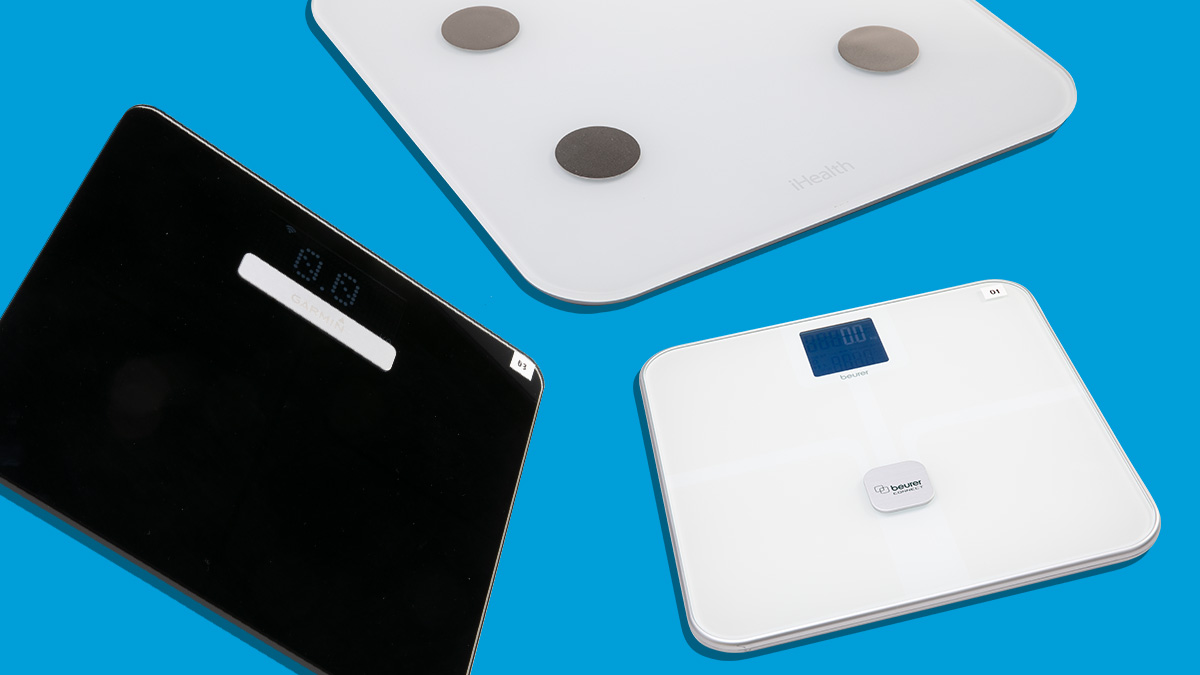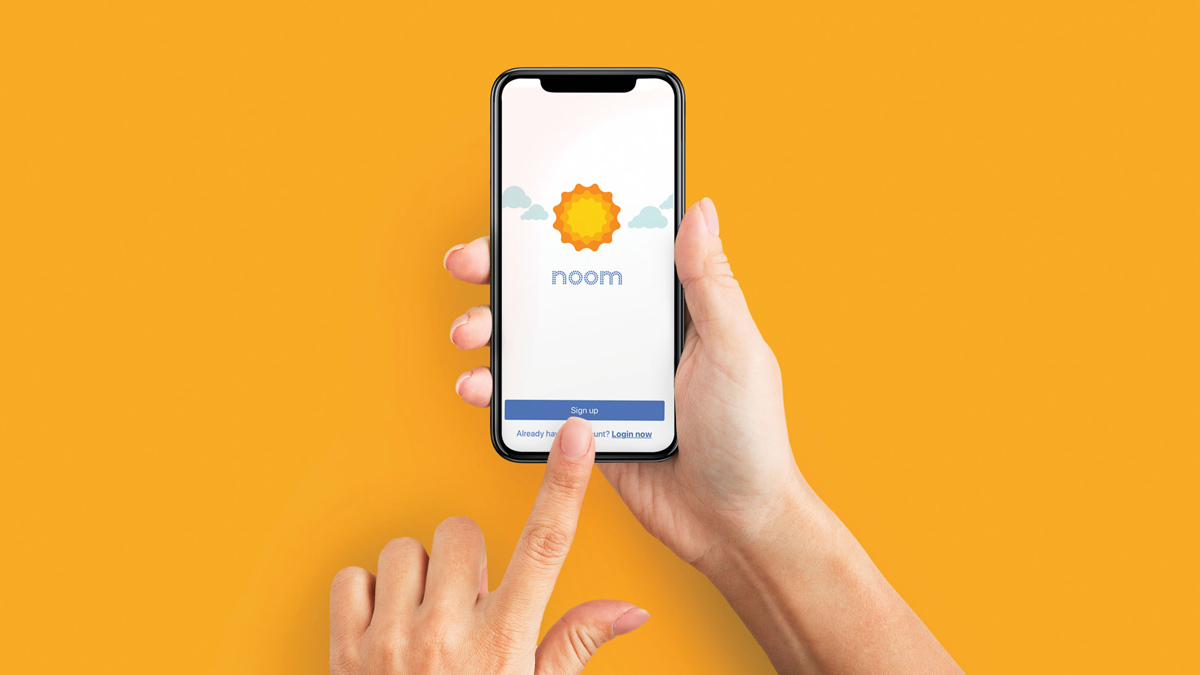Get our independent lab tests, expert reviews and honest advice.
How to buy the best body fat scales

Whether you’re trying to lose weight, training for fitness or simply keeping track of your physical health, the trusty bathroom scales can help you monitor your progress. But weight is only one factor in determining your health. It’s more important to know your body composition – your lean muscle mass and how much fat you’re carrying.
On this page:
- How do body fat scales work?
- What to consider when using body fat scales
- Who shouldn't use body fat scales?
- How to use body fat scales
- Features to look for
- What is a healthy body fat percentage?
- Wi-Fi scales
- How much do body fat scales cost?
Body fat scales can be a better indicator of overall health than their conventional weighing scale cousins.
How do body fat scales work?
Body fat scales work by sending a very low electrical current through your body via your feet. Tissue containing a lot of water, such as muscle, lets the current through easily, but fat contains comparatively little water, so it resists the current – the higher the impedance, the more fat there is in your body.
The scales use that data, together with personal data you enter such as your height, age, sex and fitness level, to calculate your body fat percentage.
What to consider when using body fat scales
When using a body fat scale keep in mind that results should be taken with a grain of salt as they can make you think you’re much healthier than you really are.
These scales are more of an indication of your body fat and composition, rather than an absolute result. Without considering both body fat and muscle mass some of these scales don’t provide the full picture. For example, during our body fat scales test one of our male volunteers was expected to have a low body fat percentage (his weight in kilograms is certainly low), and some of the scales showed results of only 5.7 to 9.5% body fat. However, when taking his low muscle mass into consideration, his true body fat as measured by the DEXA scan was 22% – in actual fact quite high for a male, as body fat is a percentage of his total weight.
Who shouldn’t use body fat scales?
Most models’ instructions warn they aren’t suitable for people with pacemakers as the scales’ electrical current could interfere with the pacemaker.
Many also warn the readings can be unreliable for children, athletes and bodybuilders, people with metal plates or screws in their bodies, and pregnant women.
How to use body fat scales
As with conventional scales, it’s best to measure yourself regularly and record the results rather than rely on one-off or occasional measurements.
- Make sure your feet are bare and clean for good contact with the scales’ sensor pads.
- Put the scales on a hard, level floor.
- Don’t take a reading immediately after waking, after a meal, or for 24 hours after excessive exercise or alcohol intake. Your body’s water content could be uneven or atypical, which will make the reading unreliable.
- Measure yourself at the same time of day under the same conditions.
- Check with your doctor before using a body fat scale if you have a pacemaker as the electrical charge sent through the scales could have a negative impact.
Don’t take the displayed values as absolute truth on any of the tested models. The best ones have a difference of about 3–4%, so if they say your body fat percentage is 25%, the real number is likely to actually be +/- 3–4%. Nevertheless, they’re still good for tracking physical changes over time.
Features to look for
Display
This should be big and clear so it’s easy to read when standing on the scales. Some have a wireless display unit that can be mounted on the wall for easier viewing.
Displayed data
This should be easy to understand and stay on screen long enough to read easily. Some models flash the information past quickly, so it’s hard to follow. Ideally, you should be able to redisplay the data without needing to weigh yourself again.
Controls
These should be clearly labelled and easy to use. Programming the scales should be straightforward.
User profiles
There should be enough profiles (saved sets of individual information) for all household members who will regularly use the scales. A “guest” profile can be handy for visitors who want to use the scales but don’t need their profile stored permanently.
Instructions
These should be easy to understand, with useful diagrams and advice on how to interpret your results.
Weight only
If you want the scales to behave like simple weight scales and only display your weight, a “weight only” default setting is handy. Most of the scales have this option.
Usable on carpet
Useful if you don’t have hard floors. Scales don’t generally measure weight effectively when placed on carpet.
Other features
Many of the models on test display other information, such as BMI and body composition information (muscle mass, bone mass and water), which could be useful if you’re trying to build up muscle, for example. Some also display goals that are based on your personal information (age, height and sex) and measured weight and body fat (such as a suggested goal weight or daily kilocalorie intake).
Body Mass Index (BMI) is often used by health professionals to assess whether a person is underweight, normal weight, overweight or obese. While BMI is a better indicator of health than weight alone, it’s far from perfect. The BMI categories don’t allow for very muscular individuals; a person with lots of lean muscle and low body fat will be heavy for their height and could be classed as overweight or obese. Similarly, some people may have a BMI that indicates they’re healthy when in fact they have too much body fat and little lean tissue.
You should only use BMI as a general guide to your state of health. Accurate analysis of your body fat percentage, measured over time, is more useful.
What is a healthy body fat percentage?
A healthy body fat range will differ based on age and gender, so when you pre-set your details for your body fat scale, you’ll want to get them right.
| 20 – 39 | 5 – 20% | 21 – 33% | 34 – 38% | > 38% |
| 40 – 59 | 5 – 22% | 23 – 34% | 35 – 40% | > 40% |
| 60 – 79 | 5 – 23% | 24 – 36% | 37 – 41% | > 41% |
| 20 – 39 | 5 – 7% | 8 – 20% | 21 – 25% | > 24% |
| 40 – 59 | 5 – 7% | 11 – 21% | 22 – 27% | > 27% |
| 60 – 79 | 5 – 12% | 13 – 25% | 26 – 30% | > 30% |
Wi-Fi scales
Body fat scales with Wi-Fi connectivity are appealing because they allow you to track your results through an app or website, rather than keeping track with a piece of paper. In some cases, multiple compatible products like blood pressure monitors or fitness bands can all connect on the one app.
When we’ve tested scales with Wi-Fi connectivity the initial setup been troublesome.
We couldn’t publish results for the Beurer BF800 (RRP$199), Nokia Body+ WBS05 (RRP$180) and Nokia Body Cardio WBS04 (RRP$320) as we were unable to successfully set them up in time for the test. We failed numerous attempts to set up the scales, with either the app getting stuck at a point in the process or the app failing to communicate with the scale. Unfortunately, by the time we were able to get these scales to work, testing was complete and results would not have been comparable with the DEXA scans.
How much do body fat scales cost?
Body fat bathroom scales range from around $25 up to $250.


